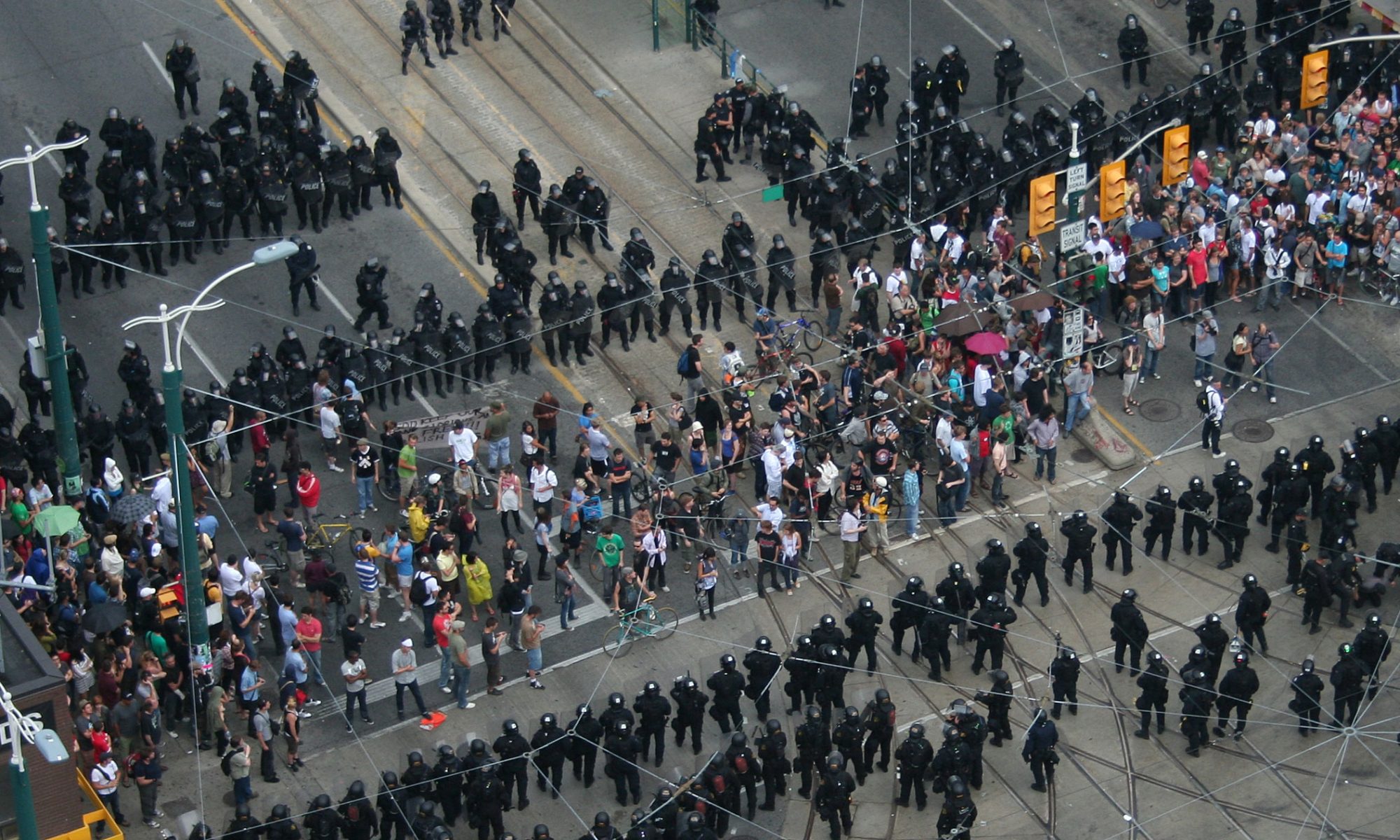
“The challenge for the authorities is how to handle activists who subscribe to extreme beliefs, but who express them through peaceful, lawful activism.”
Michael Kenney, speaking to the Independent
Basics:
Michael Kenney is an Associate Professor at Pitt in the Graduate School of Policy and International Affairs since July 2011. Before that he was an associate and assistant professor at Penn State. According to his CV, he has received grants from The Institute of Justice (the research, development and evaluation agency of the United States Department of Justice), and the Office of Naval Research, among other agencies. Journals in which his work has been published include Studies in Conflict and Terrorism, The International Journal of Intelligence and Counterintelligence, and Terrorism and Political Violence, among others. Kenney teaches courses at Pitt entitled “Terrorism and Counter-Terrorism” and “The War on Drugs”.
Kenney is also a member of the editorial board of Terrorism and Political Violence, and served on a research review panel for the Department of Homeland Security.
An interesting line in his CV reads “Federal Bureau of Investigation: Off-Ramp Committee Member, Pittsburgh Office, 2016 –“. “Off-ramp” was the name for a project floated by the FBI in 2015 aimed at recruiting civilian informants to identify potential terrorists and arrest them or get them into counseling before they progressed to overt violent acts. Formalized in early 2016 as “Shared Responsibility Committees”, the program, according to one critic, would have “essentially deputized educators, health care workers, and religious leaders as arms of law enforcement, jeopardizing the trust necessary for these non-policing professionals to carry out their jobs“. The SRC program was supposedly cancelled in late 2016 after pushback from Islamic and civil liberties groups, but suspicion remains that the cancellation was in name only, and that SRCs are being continued clandestinely. Kenney’s CV adds credence to this theory.
Kenney’s research has focused on understanding how terrorist and criminal organizations and networks organize, learn, and adapt to changing conditions. His investigative technique of choice is ethnography, that is embedding himself in a community for an extended period of time to gather information about their customs, practices, and organization. Needless to say, this presents a problem for a counterterrorism researcher – most terrorist organizations aren’t dumb enough to let an American academic with ties to the FBI into their meetings. Kenney has worked around this difficulty by investigating odd corner cases, communities with potential links to Islamic terrorism that can be persuaded to admit him because they aren’t themselves doing anything illegal.
His most recent project involved conducting ethnographic research on a group in England called al-Muhajiroun, a militant Salafist organization whose politics and religious beliefs are similar to those of ISIS, but who advance their cause by mostly legal means, such as peaceful (if highly provocative) demonstrations, as well as tabling and preaching in the street. (The above quote is in reference to them). He combined his ethnographic data with computerized network analysis using raw data culled from mainstream media reports that mentioned al-Muhajiroun or any of its leaders.
Perusing Kenney’s Twitter feed and blog posts makes it obvious that he considers his mission to be “countering violent extremism”. In fact he organized a conference of that exact name at Pitt in April 2015, right around the time that “off ramps” were becoming a thing in FBI counterterrorism circles. Despite the conference’s generic title it focused almost exclusively on Islamic terrorists.
The CVE moniker is not Kenney’s creation, but is rather the name of an approach to counterterrorism pioneered by Obama’s Justice Department in 2014, and since continued and expanded by the Trump administration. The Brennan Center for Justice breaks down CVE as follows:
1 – Initiatives focused on identifying American Muslims — especially young people — who have adopted “radical” or “extremist” ideas, or who supposedly exhibit signs of alienation and are therefore assumed to be at risk for becoming terrorists. These are frequently called intervention programs, and are supported by research grants aimed at identifying the predictive signatures of people who become terrorists.
2 – Programs to fund or facilitate the provision of health, education, and social services to American Muslim communities, based on the theory that adverse economic and social conditions facilitate terrorism.
3 – The promotion of messages that the government believes will counter the propaganda of groups like ISIS, as well as monitoring and sometimes suppressing messages that the government believes foster extremism, including encouraging Internet companies to remove extremist or terrorist content from their websites and promote counter-messages.
Kenney’s past research obviously jibes neatly with element one above. While our politics have nothing in common with al-Muhajiroun’s, like them we are largely peaceful activists who hold what Kenney and his ilk consider to be extreme beliefs. If an academic with his background and oppositional attitude toward civil rights is investigating anarchist communities, it is because he believes we are violent extremists who should be countered, and his job to be helping the authorities figure out how to handle us. Anarchists and antifascists are already demonized in the media and discriminated against by law enforcement. If Kenney’s research into our circles is published it will likely lend more ammunition to those who seek to paint anarchists as dangerous terrorists, and potentially lead to increased harassment from law enforcement. For example, knowledge of our social practices would be useful to informants seeking to infiltrate anarchist groups, such as the undercover cops seen shadowing marches for Antwon Rose II last summer.
Further information
A selection of Kenney’s publications:
The Islamic State in Britain Radicalization – Introduction: Meeting the Emigrants
The Islamic State in Britain Radicalization – Conclusion: Ending the Emigrants
The Architecture of Drug Trafficking Network Forms of Organisation in the Colombian Cocaine Trade
Dumb Yet Deadly: Local Knowledge and Poor Tradecraft Among Islamist Militants in Britain and Spain
Beyond the Internet: Metis, Techne and the Limitations of Online Artifacts for Islamist Terrorists
Appendix: The Method of Ethnographic Network Analysis
A Community of True Believers Learning as Process among The Emigrants
